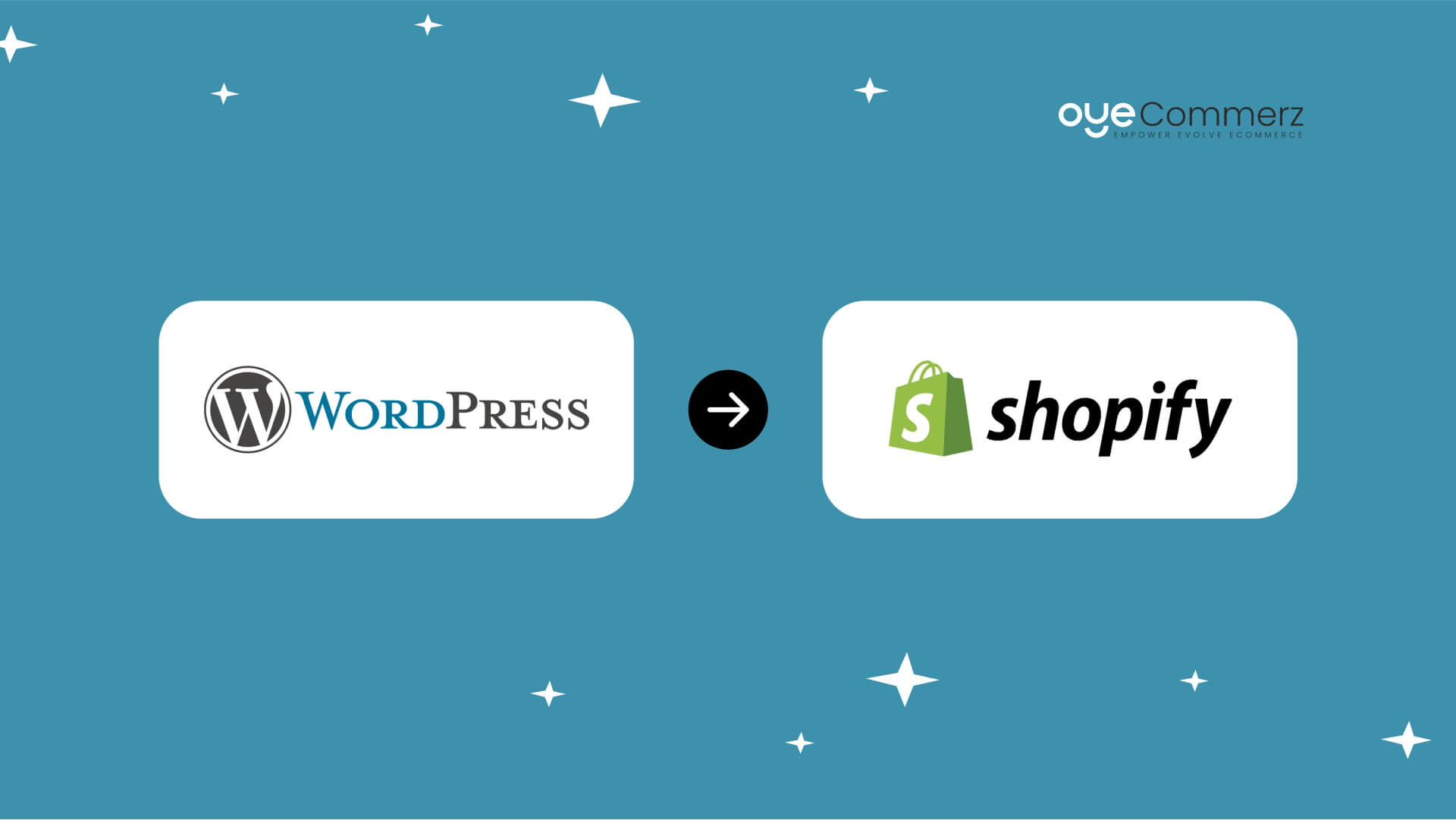Transitioning from WP to Shopify marks an exciting step toward optimizing your online store operations. As businesses expand, selecting a solution that aligns with growth potential, UX, and flexibility becomes crucial. Shopify is widely recognized as a preferred choice for online merchants, providing superior flexibility, security, and user-friendliness. In this guide, we’ll explore why this migration is a game-changer, highlight the benefits, and provide actionable steps to ensure a smooth transition.
1. Top Reasons to Transition from WP to Shopify
WordPress, paired with WooCommerce, continues to support countless online stores. Nevertheless, as businesses scale, issues like plugin dependency, data risks, and technical complexities often obstruct growth. Shopify, specifically created for digital retail, eliminates these concerns with an all-in-one, intuitive solution. Real data back this shift—Shopify powers over 4.4 million stores globally, with a reported 10% increase in sales conversion rates for many businesses after migration.
2. Shopify's Advantages for Thriving Online Stores
Shopify’s robust ecosystem is tailored for expanding businesses. Its standout features are:
- Effortless Design Flexibility: Shopify provides over 80 expertly crafted themes.
- Built-in Features: Features like Shopify Payments and built-in SEO streamline operations.
- International Expansion: Multi-currency support and localization features enable brands to reach global markets.
Additionally, Shopify boasts an availability percentage of 99.98%, ensuring your store remains accessible.
3. Preparing for WordPress to Shopify Migration
Before migrating, evaluate your existing setup. Analyze inventory details, customer details, and search engine rankings. Resources such as Shopify’s Migration Kit or third-party solutions can simplify this process. Create a comprehensive plan, making sure all resources—item details, images, and blog content—are ready for seamless import.
4. The Importance of Accurate Data Migration
Transferring your data forms the foundation for a successful transition. When migrating from WP to Shopify, focus on:
- Product Information: SKU, descriptions, and groupings.
- Customer Data: Emails, purchase records, and preferences.
- SEO Optimization: Preserve meta tags, URLs, and forwarding paths to maintain search rankings.
Leverage apps like LitExtension to streamline data transfer while reducing mistakes.
5. Customizing Your Shopify Store
Post-migration, personalizing your Shopify store ensures it reflects your business identity. Take advantage of Shopify’s intuitive page builder to design pages effortlessly. Shopify's templates are optimized for all devices, providing a smooth UX across devices—a key point, since 74% of online shopping comes from mobile visitors.
6. Maintaining SEO During Migration
SEO is vital for maintaining your visibility during migration. Shopify is highly optimized for search engines with organized link formatting, preloaded features, and smooth content management. Make sure you:
- Set up URL forwarding for old URLs.
- Enhance updated content with targeted phrases.
- Use Shopify's apps Plug in SEO to track analytics after the switch.
7. Post-Migration Testing
Once the migration is complete, conduct thorough testing.
Review: - Page load times (Shopify delivers faster speeds compared to WordPress).
- Functionality of payment gateways and transaction flow.
- Mobile responsiveness.
Quality assurance guarantees your store provides a seamless shopping journey from day one.
8. Real-Life Success Story
An example of effective platform switching is Gymshark, a fitness apparel brand that moved to Shopify. Post-migration, the company saw a 60% boost in mobile sales and reduced site downtime. This highlights the capabilities of Shopify in driving e-commerce growth.
9. Challenges and Solutions
Migration comes with challenges, such as information accuracy and adjusting tailored features. However, Shopify’s robust support and third-party experts make overcoming these hurdles manageable. Partnering with experienced Shopify developers ensures a smooth transition.
10. Starting Your Journey with Shopify
Switching from WP to Shopify represents a strategic approach to e-commerce. By focusing on growth, streamlining operations, and Shopify advanced features improving buyer satisfaction, Shopify enables companies to succeed in challenging industries.
Final Thoughts
Transitioning Shopify store launch services from WP to Shopify is a strategic move that can greatly enhance your e-commerce success. With a well-structured strategy, the appropriate resources, and expert support, you can unlock new growth opportunities.
Excited to start the journey? Reach out today to learn how our Shopify migration services can transform your online store. Get in touch today, or consider: Is it time to seize Shopify’s advantages for your store?
